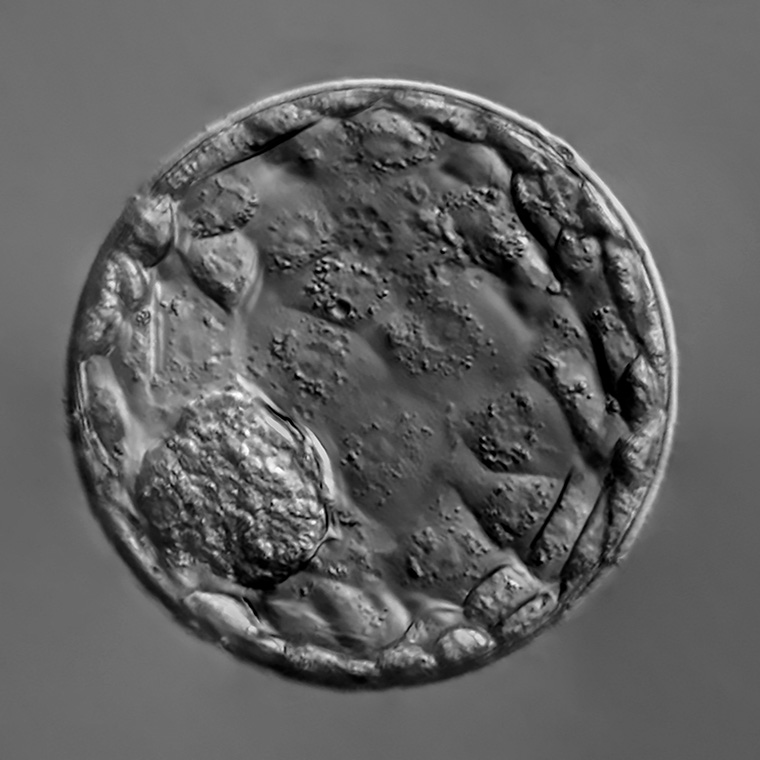BLASTOCYST CULTURE
Blastocyst culture and transfer is a procedure which is developed for in vitro fertilization (IVF). This procedure aims to blastocyst culture to maximize pregnancy rates while minimizing the risk of multiple pregnancies. Blastocyst Embryos are typically cultured for 3 days (cleavage stage with 4-10 cells) before being transferred into the uterus. Some embryos will develop to the blastocyst stage(up to hundreds of cells), by extending to 5 or 6 days. This allows the embryologist to select more advanced embryos with better potential for implantation at the time of the transfer. An advantage of blastocyst culture and transfer is the decrease of multiple births that can result from IVF since there are fewer embryos (1 or 2) to be transferred.

Blastocyst transfer may be appropriate for the following patients:
» Those who have a better chance of having blastocyst development (this will be determined by infertility conditions and age)
» Those who previously failed at achieving a pregnancy
» Strong concerns about delivering high-order multiple pregnancies
Advantages of blastocyst transfer for IVF
The problem which arises with this is that 2 to 3-day-old embryos are usually in the fallopian tubes, not in the uterus. The embryo gets to the uterus around 80 hours after ovulation. The process of embryo implantation begins about 3 days later – after blastocyst formation and hatching out of the embryonic shell have happened. Therefore, healthy blastocysts form at a high rate, if in vitro culture conditions are maximized, then day 5 blastocyst embryo transfer can be done. The uterine lining on day 5 should be receptive to the arriving embryo, this a more natural time for the embryos to be in the uterus. It is the same timing as with a natural pregnancy. The transfer is done soon before the time for actual invasion and implantation.